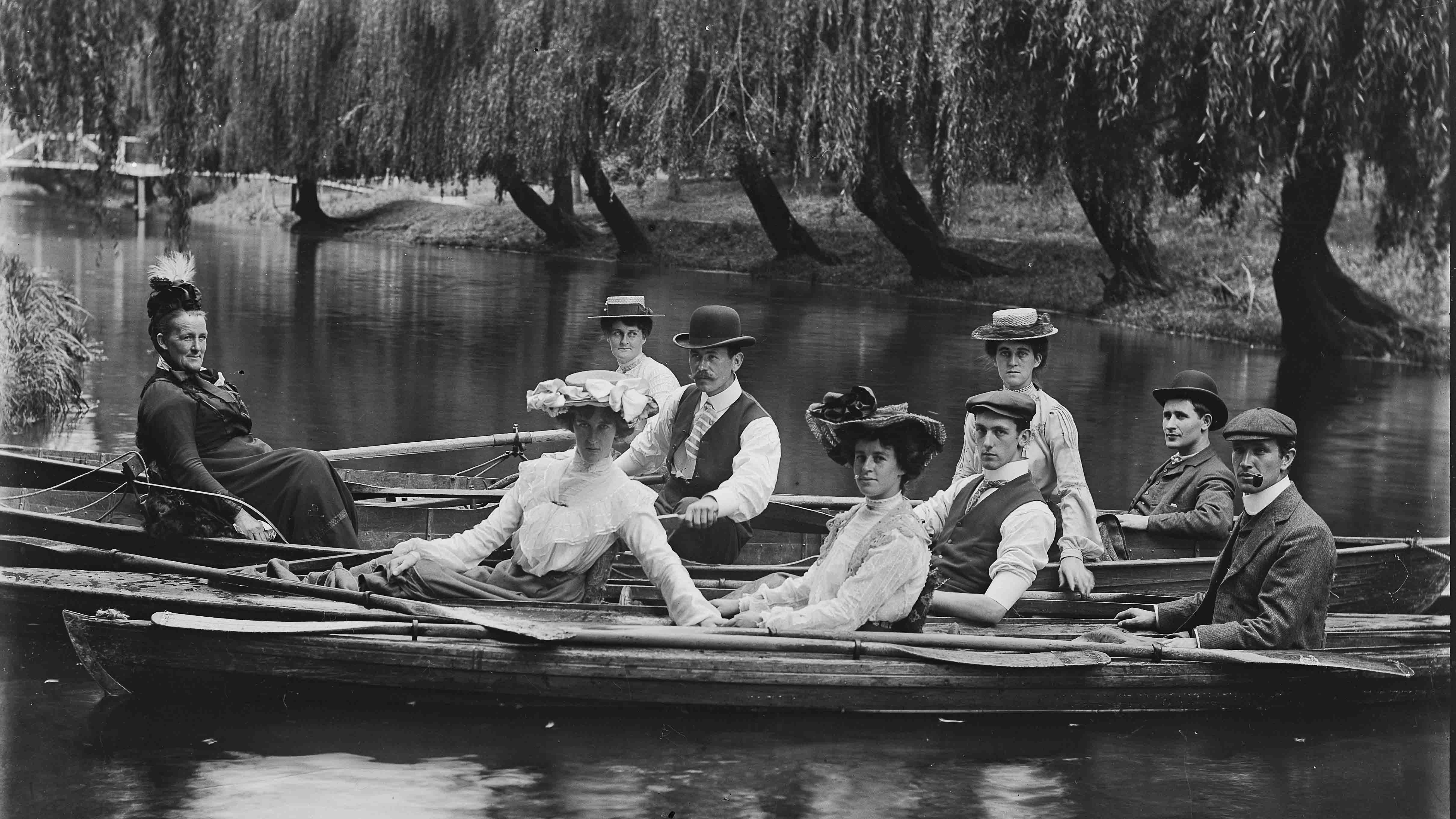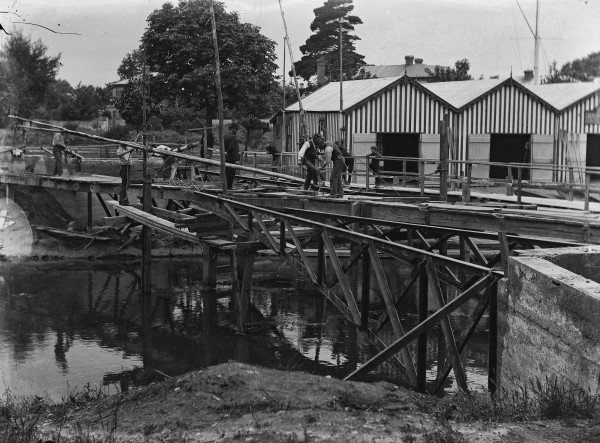
More than 700 images of the city from the 1000-strong collection of plates are online at Christchurch City Libraries’ digital heritage site, Canterbury Stories. And the rest will be appearing on the site over the next few weeks.
It is the first time the images have been made accessible to the public.
They showcase the city's rich history, such as the early Antigua Boatsheds which were bought by Samuel Anstey who is believed to be responsible for the glass-plate negatives. The building was on the banks of the Avon River in the late 1800s, and Anstey would advertise that he had “70 well-built boats to choose from” and a “photographic dark room for the use of visitors”.
The Fendalton-based English surveyor arrived in New Zealand in 1882, and soon built up a remarkable photographic record. Many of the glass-plate negatives remained in the space under the roof of the Boat Sheds until the early 1970s, when Canterbury Public Library librarian R. C. Lamb collected the images from the then owner of the site, W. S. Dini.

“Staff are busy digitising these fragile images, providing a remarkable portal to Canterbury’s past,” Robertson said.
“The striking black and white photos illustrate the early 1900s in the city, including visiting theatrical companies, families, and even the Botanic Gardens, bridges, river rowers and horse riding in Hagley Park.
“They also show the fashions of the day and early buildings now long gone, along with home and work interiors.
“The images reveal so much about our relationship with the city, and, despite the huge changes, how our love of the outdoors – particularly cycling and being on the water – has remained.
“It is fascinating to see so many interactions with the landscape as the collection encapsulates the early social history of Ōtautahi Christchurch.”
The collection covers other regions, such as Nelson, Taupō, Auckland and Napier in 1905.













